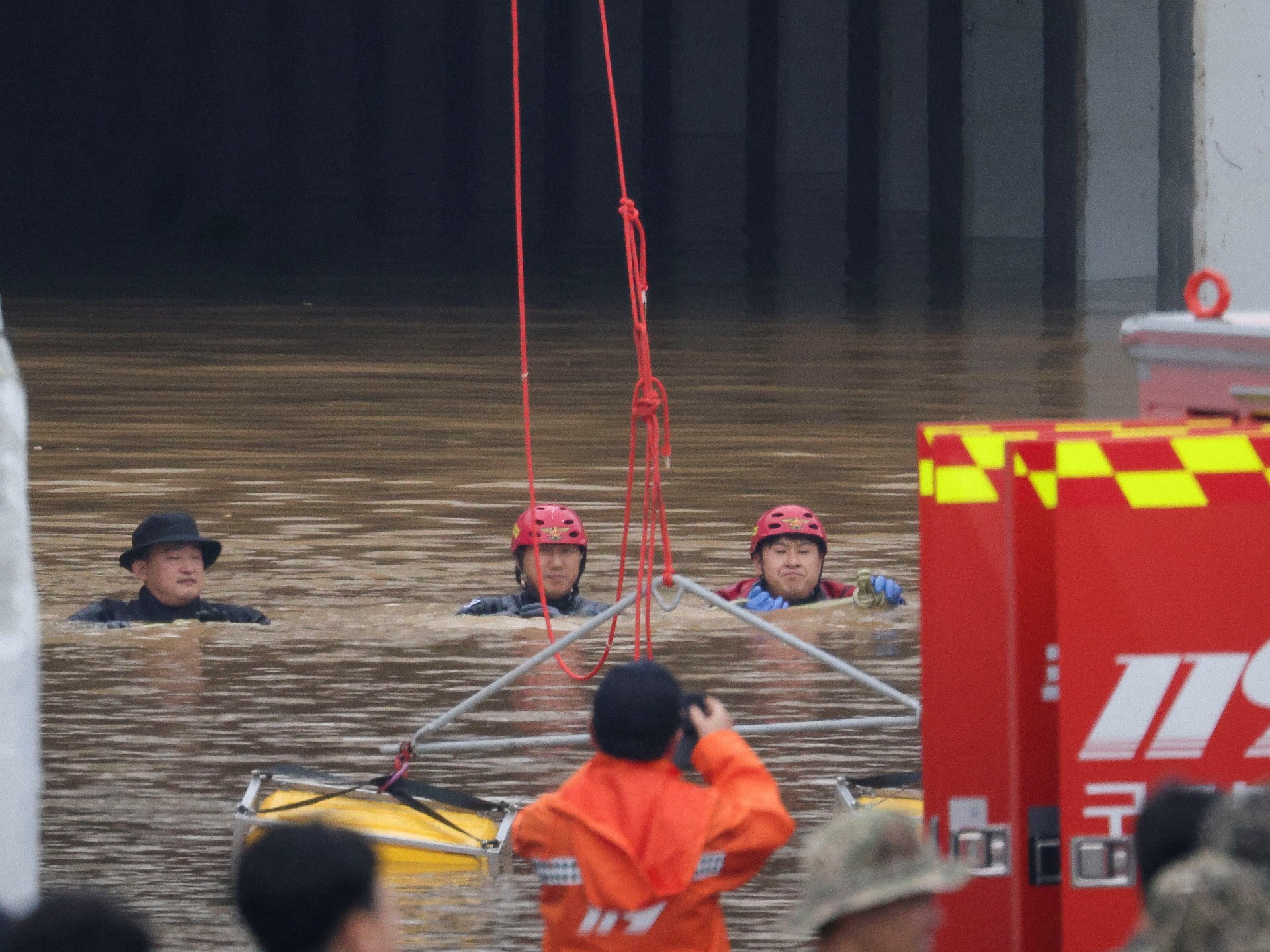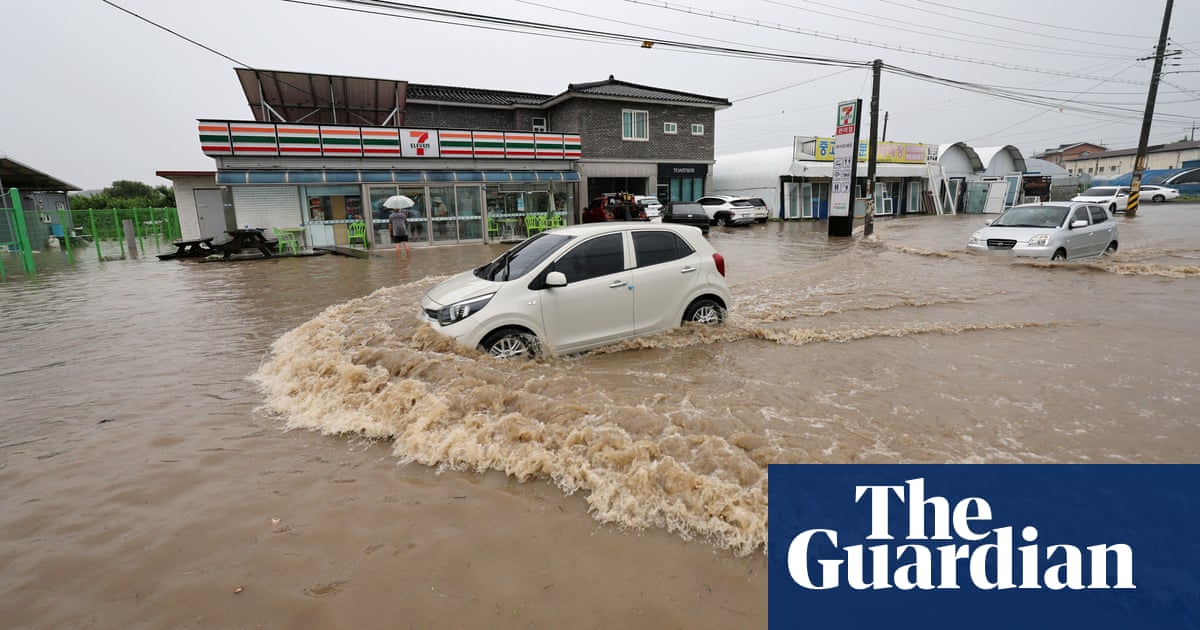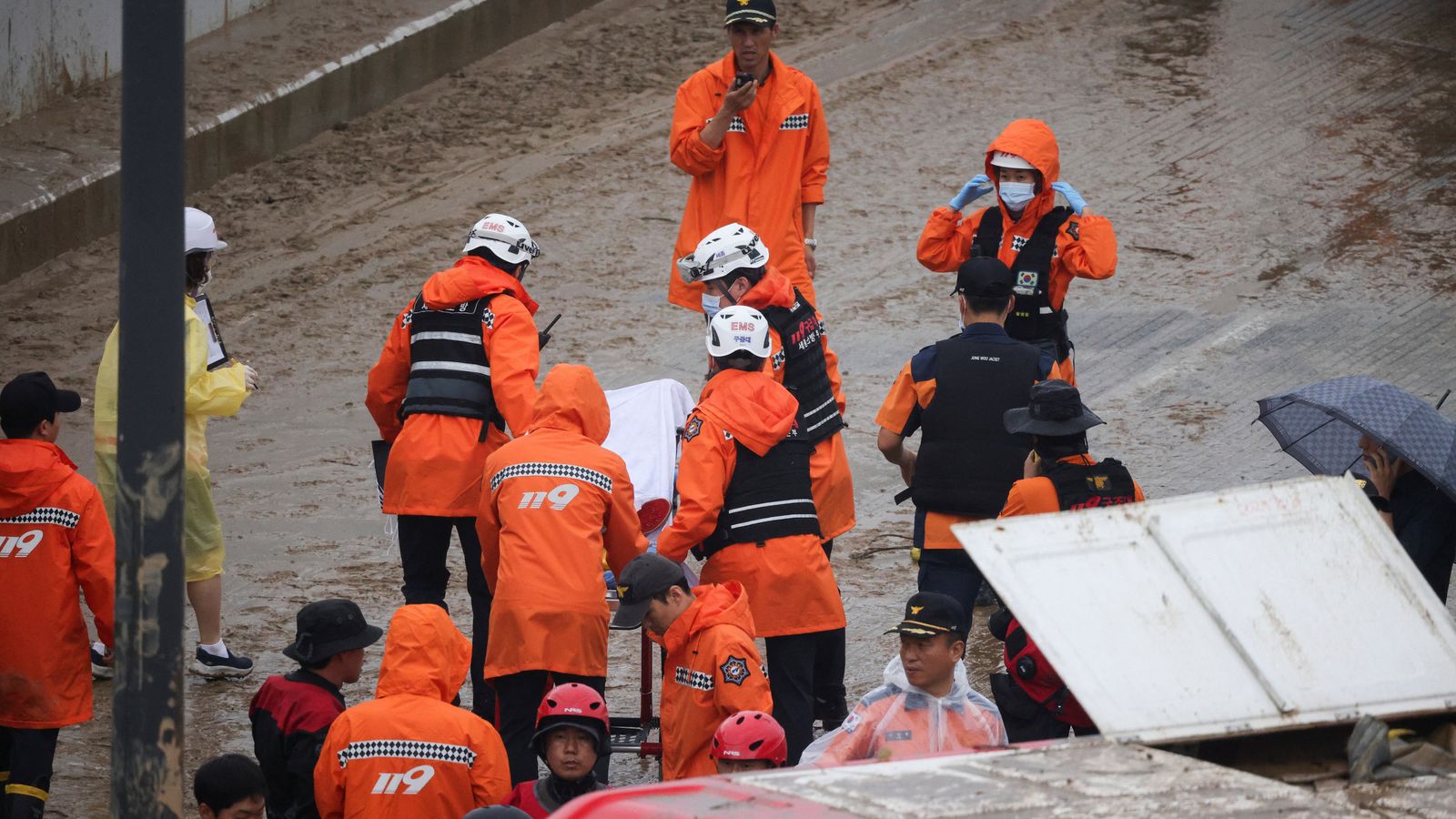South Korea is facing a catastrophic natural disaster as heavy rainfall continues to wreak havoc across the nation. The heavy storms have brought about serious flooding, landslides, and the flood of dams, leading to a tragic loss of life. With at least 22 people confirmed dead 14 actually missing, urgent rescue efforts are in progress to save lives and give help to impacted regions.
The government, alongside military forces and emergency responders, is working tirelessly to evacuate a large number of residents and mitigate further damage caused by the relentless rainfall. As the situation unfolds, the South Korean people are facing the immense challenges posed by this devastating event.
Also Read: The Ocean is Changing to Color Green due to Climate Change

Sources about Floods in July Around the World (For R&D)
- China floods: Xi Jinping urges action as rains kill 15 and displace thousands
- At Least 1 Dead as Heavy Rains Set Off Flash Flooding in New York
- Mongolia – Floods
- Assam Floods: About 18,000 People Suffer From Terrible Flood In Dhemaji District
- At least 50 dead in Pakistan monsoon floods since end of June
- New Delhi Floods: Deadly Monsoon Rains, leaving 15 Dead
- Japan Floods: Heavy Rains Causes Floods and Landslides, 1 Dead
Past few days, South Korea has encountered constant heavy rainfall, primarily affecting central and southeastern regions. The excessive downpours have set off various landslides, leading to the destruction of homes and claiming innocent lives.
The Ministry of the Interior and Safety reported that the majority of casualties occurred in North Gyeongsang province, where landslides buried houses, trapping and engulfing residents. Unfortunately, entire houses were swept away in seriously impacted regions, causing extensive damage and contributing to the loss of life.
Flooding and Dam Overflows in South Korea
As the heavy rain persisted, streams expanded, and water levels quickly rose, prompting inescapable flooding. The Goesan Dam in North Chungcheong territory turned out to be dangerously overflowing, provoking the evacuation of more than 6,400 residents from low-lying villages.
Also Read: Cerberus Heatwave: Record-Breaking Temperatures Across Southern Europe
The situation stays critical, with the dam’s water levels arriving at their greatest limit. In addition to the dam, numerous different regions in South Korea experienced huge flooding, resulting in submerged roads, disrupted railways, and the submergence of houses.
The South Korean government, led by prime minister Han Duck-soo, has assembled the military and emergency responders to carry out extensive search and rescue operations.
The military is working as a team with government authorities to provide necessary equipment and manpower for the rescue efforts. Efforts are focused around finding the missing people, clearing stranded residents, and ensuring the safety and well-being of those affected by the disaster.
The heavy rainfall and flooding have caused significant disruptions to transportation systems across the country. Train services, both regular and bullet trains, have been suspended, leaving commuters stranded and affecting the movement of goods and services.
The Korea Railroad corporation has taken precautionary measures to ensure public safety, canceling slow trains and delaying some bullet train services due to safety concerns such as landslides, track flooding, and falling rocks. Moreover, various streets have been shut down, intensifying the difficulties faced by rescue teams and hindering the delivery of essential supplies.
Also Read: Iceland Volcanic Eruption Close to the Capital City Reykjavik
The recent spate of extreme weather events, including the heavy rainfall and flooding in South Korea, is a distinct indication of the effect of climate change. Researchers have long cautioned that a warming atmosphere, caused by human-initiated climate change, improves the probability of intense rainfall and subsequent flooding.
As the global climate continues to warm, the atmosphere can hold more moisture, leading to more intense and frequent rainfall events. South Korea, like many other countries, is witnessing firsthand the devastating consequences of these changing weather patterns.
South Korea isn’t the main country in that Asia grappling with the devastating effects of heavy rainfall and floods. Neighboring nations, including Japan, China, and India, have additionally experienced similar events in recent weeks.
It is fundamental for these countries to team up and share their experiences, knowledge, and resources to better prepare for and respond to such disasters in the future. International assistance and support may also be crucial in providing relief to affected communities and aiding in the recovery process.
Also Read: Japan Floods: Heavy Rains Causes Floods and Landslides, 1 Dead
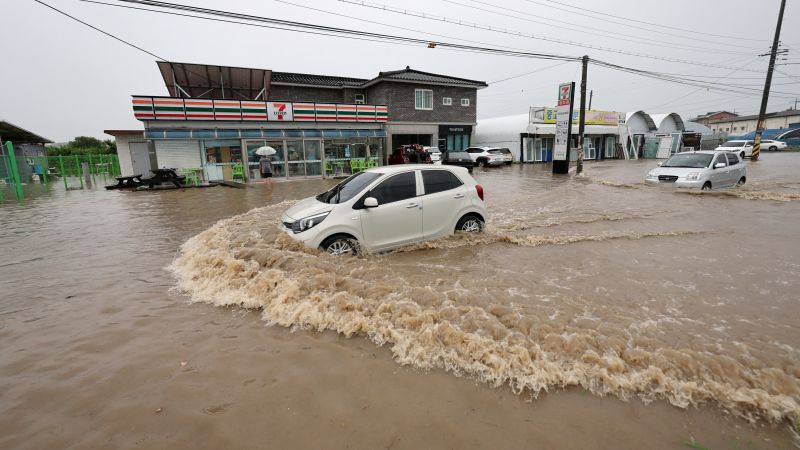
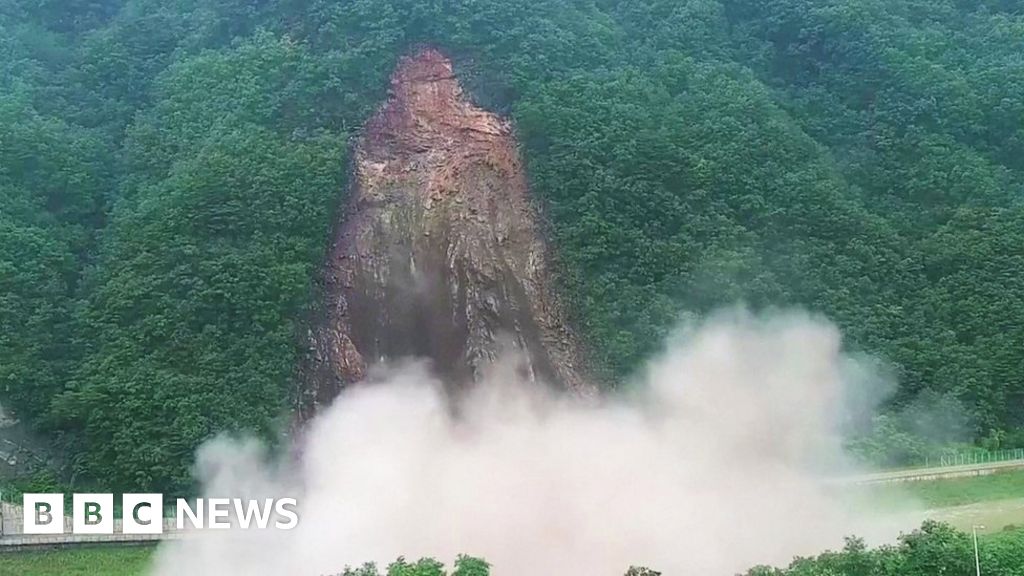
/cloudfront-us-east-2.images.arcpublishing.com/reuters/IDBDC4D5LBO4PMVDEEEOK6UEWE.jpg)
